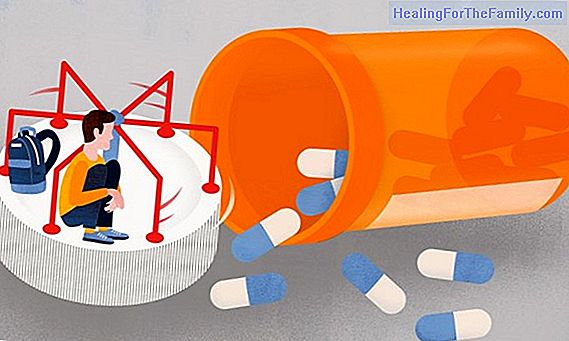Empathy in children with autism
People, in general, have the ability to attribute emotions, intentions, wishes, thoughts or states of knowledge to other people automatically. In addition, we are aware that our thoughts are different from others. We use this information to interpret what they say, think and anticipate their actions
People, in general, have the ability to attribute emotions, intentions, wishes, thoughts or states of knowledge to other people automatically. In addition, we are aware that our thoughts are different from others. We use this information to interpret what they say, think and anticipate their actions and find meaning in their behavior . This ability leads to the internal representation of the mental states of others.How do we master this skill? Putting ourselves in the place of other people we can understand what they do or say and understand what leads them to perform certain actions, but what happens when we are not able to put ourselves in the place of the other? We explain
empathy in children with autism. Why do children with autism have no empathy?
People with autism have difficulties to put themselves in the place of the other and do not develop this

skill automatically. They can not differentiate what is inside their mind and what is in the minds of others. What happens when we are not able to put ourselves in the other's place? Well, their behaviors are unexpected and unpredictable, they have no meaning and are very difficult to understand. We do not know what to expect from interactions with others or their intentions. Everything is inexplicable and unpredictable. This deficit of people with autism explains many of the difficulties they have in the social area:1- Understanding the emotions of others and therefore lacking practically
empathic reactions. 2- Realize the
intentions of others and understand the reasons that guide them.
3- Understand how your reactions or comments will affect others . They will also have specific difficulties in anticipating what others think of their behaviors. If we have the ability to put ourselves in the place of others we will know that there are certain things or comments that we can not say directly because they could bother others, or we are aware that we have said something inappropriate because we can 'read' the emotional responses of the subjects of our environment, among other things. 4- Understand deception, irony or sarcasm.
5- Understand the degree of interestthat your interlocutor has about your topic of conversation.
6- Understand the
conversation rules as speaking turns or follow the topic that arises in the interaction. Children to be able to use the Theory of Mind have to develop two aspects:
- The child must understand that people govern their behavior through beliefs and desires . You have to understand that beliefs do not have to be true and desires are not fulfilled many times.
- The child has to understand that behaviors are governed by
subjective evaluations of reality. So you will understand that what you believe is sometimes false and you can reason from it.Beginning at age 4-5, children achieve an ability to
put themselves in the place of others but this does not mean that it is a passive competence. This ability influences the development of other skills such as empathy. When a child begins to understand the beliefs and desires of others, it is when they can be properly placed on each other's skin.












